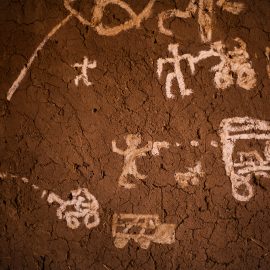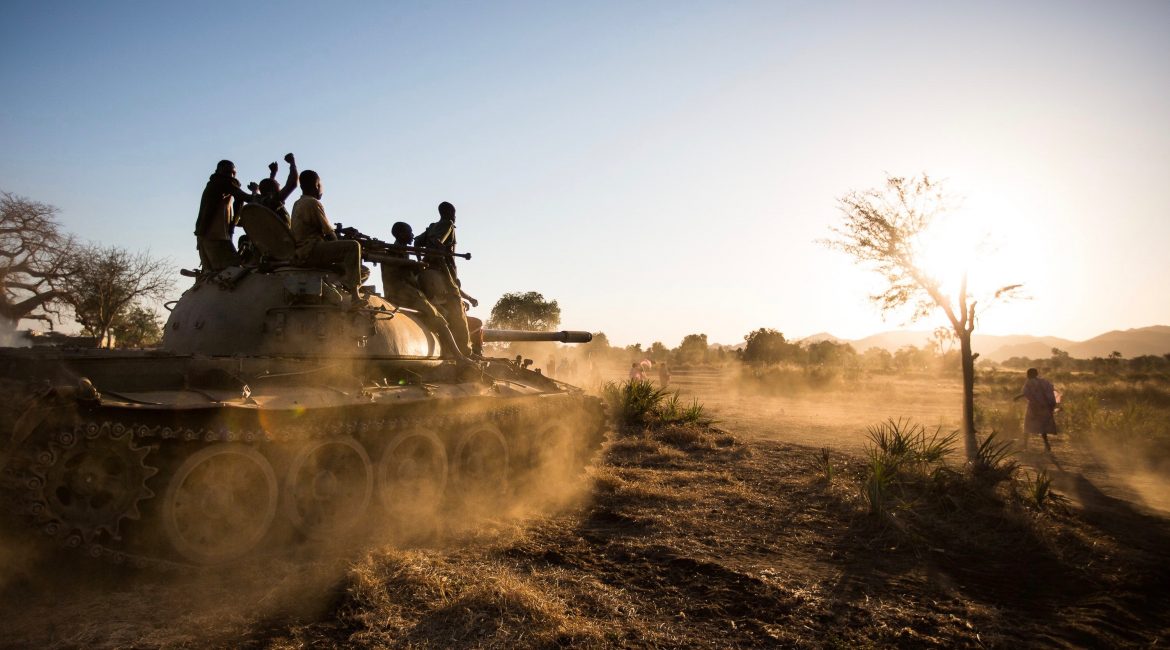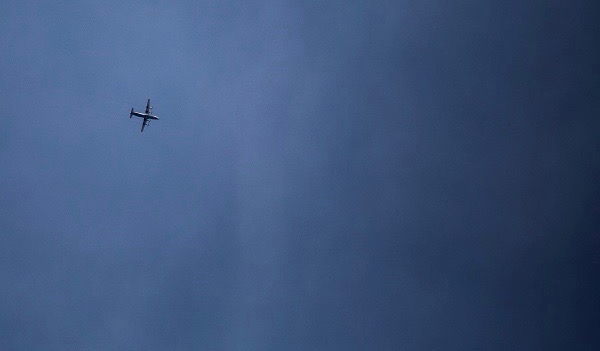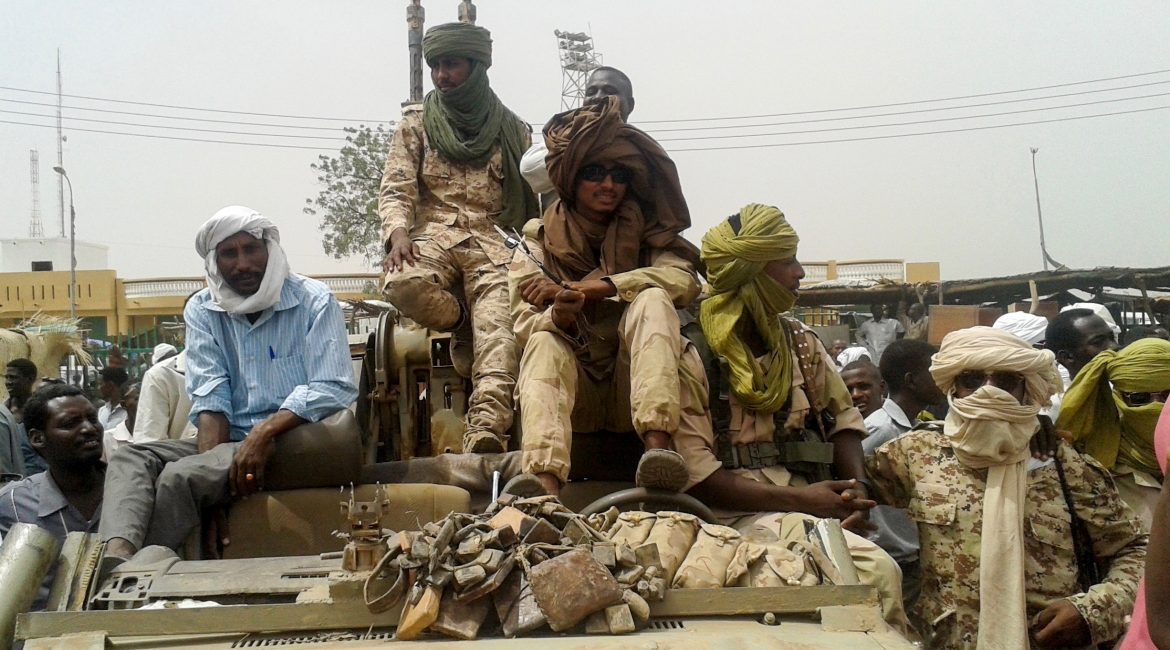Over the past five years, 70,000 Sudanese refugees from the Nuba Mountains have fled the civil war between Sudan and the Nuba Mountains in South Kordofan State and eeked out a new life in Yida, South Sudan. But the future of the camp, created by the refugees themselves, is in danger as the UN and Government of South Sudan seek its closure.
A version of this article was first published on Refugees Deeply.
In February, the UN Refugee Agency (UNHCR) held a public meeting in the bustling camp and reiterated plans to relocate 70,000 refugees to an alternative camp, Ajuong Thok, by June. The relocation process is now in full swing. The new camp, according to UNHCR’s South Sudan head, Ahmed Warsame, was more secure and therefore better suited to provide services such as education and healthcare. A January UN report shows that 848 of all 977 new arrivals from South Kordofan in Yida camp were registered and relocated to Ajuong Thok camp.
But several Yida residents said the new camp is insecure. Ajuong Thok camp is located 17 kilometers away from proxy militias used by Sudan’s government and less than 100 kilometers from a Sudan Armed Forces garrison base. “These people [the militias] are the very same people we had to run away from in the first place,” Yida Refugee Council Chairman Al-Nur Al Saleh said.
“Everybody knows what happened now, yesterday and the other day; that this place [Ajuong] is a place of Bashir’s militias — this is their road,” Al Saleh told the crowds of Yida refugees and UNHCR officials during the public meeting. “We can’t see a fire and just [knowingly] go into it,” added Husna Nur, a Yida camp women’s community representative.
Basic survival in Ajuong Thok camp is another problem. World Food Program (WFP) funding cuts have forced the UN agency to reduce rations in South Sudan by 30 percent since August, according to WFP Senior Regional Spokeswoman Chaliss McDonough. Previously each refugee in Unity State’s camps received roughly 12 kg of grain per month, but now it is only around seven to eight kilograms, aid workers said. “By mid-month you’re finished,” said Nur, the women’s camp representative. “You have to get out of the [Yida] camp to collect grass to sell, or find some other means to survive.”
Unlike in Yida – where refugees can supplement their aid rations through farming – the host community in Ajuong Thok does not allow refugees to work outside the camp confines.
Publicly, UNHCR and others claim that Yida remains too close to the Sudanese border, defying UNHCR refugee camp location rules. But this argument seems negligible considering Ajuong Thok is based only two kilometers further from the border. “The talk of Yida being on the border is political talk,” said Mario Nyok, a frustrated South Sudanese representative for the host community at the February meeting.
Concerns of overpopulation in Yida is another reason cited by UNHCR. In a 2013 interview with UNHCR’s former head of operations in Unity State, Marie-Helene Verney, voiced their concerns of having potentially 100,000 refugees in one place. “We know what that means from other countries, we know the problems of health, with availability of water, with security the problems that come with that [overpopulation] and we fear the same for Yida too.”
Yida residents are understandably wary of relocation under UNHCR due to past experience. In 2012, UNHCR asked Yida’s 30,000 residents to move to another refugee camp, Nyeli. The local refugee council insisted that the land in Nyeli was prone to flooding, and would soon be a swamp, virtually unlivable, according to several Yida residents. But UN officials pushed ahead, and the small fraction who moved were again homeless just one year later when flooding made Nyeli inhabitable and the UN was forced to close the camp.
Politics vs. practicality
UNHCR’s determination to relocate Yida residents may be more political than practical. The root cause could stem from Sudan’s criticism that South Sudan supports the rebels currently fighting Khartoum in the Nuba Mountains and Blue Nile State. It is an accusation South Sudan presidential spokesman Ateny Wek denies. In late March, Sudan blocked the border and ordered South Sudanese residing in Sudan to leave the country —citing South Sudan’s ongoing support for the rebels in the Nuba Mountains as the reason behind the reversed decision.
Yida camp’s relative proximity to the rebels in neighboring Sudan has been a source of contention between Sudan and Africa’s newest nation, according to a South Sudan official who spokeon the condition of anonymity. The closure of Yida with its perceived connection to rebel groups is potentially part of this process, the same source said.
Since October, South Sudan forces cleared out any rebel soldiers who resided in the camp, Salih said. Now the camp is quiet and only unarmed citizens are allowed into the camp. While not militarized, the camp still acts as a safe haven for those fleeing the fighting, including the families of SPLA-North forces, Nur said.
Not a well-oiled move
Refugees fleeing the Nuba Mountains conflict built Yida Camp in 2011 by themselves without realizing the land is situated in a potential oil producing area. Yida is based in an oil concession area where Chinese, Malaysian and Indian companies were previously operating but Ajuong Thok is positioned in an area where no oil production is expected, according to Sudan scholar Egbert Wesselink. South Sudan’s Minister of Petroleum Steven Dhieu said in news reports that resumption of oil production would take place in Ruweng State. Yida camp is situated within Ruweng State, one of the new 28 South Sudan states set up by presidential decree.
But oil production in the Yida region is unlikely to commence soon, Wesselink said, since there has been extensive damage to the drilling sites and production in the concession area already peaked in 2011. “It would cost hundreds of millions to resume oil production in this area,” Wesselink said, “and it is unclear whether these oil companies are prepared to cover these costs given the diminishing returns.”
Whatever the reasoning, Yida residents are willing to relocate to another location as UNHCR and the Government of South Sudan have requested and have even suggested other potential areas for re-location, Saleh said. “Wherever they tell us to go we will go, with the only condition that our security is the priority.”
However, refugees do not seem to have a choice as fewer services are currently being provided. Speaking to Radio Dabanga this month, Yida IDPs said that the majority of them have been living in the open and are worried about having to brave the rainy season without much-needed tents. A source from Yida told Nuba Reports the UN has a shortage of plastic sheets that are used as makeshift tents, and that they can’t withstand the heavy rains anyway. Several structures have collapsed in Yida, including the Yusuf Kuwa Primary School.
Refugees have said they feel pressured by the shortage of aid to leave.





